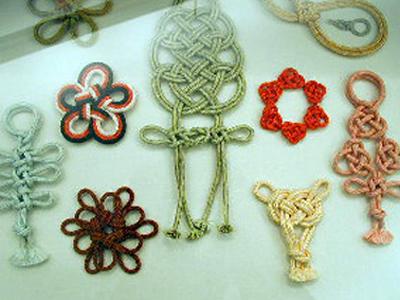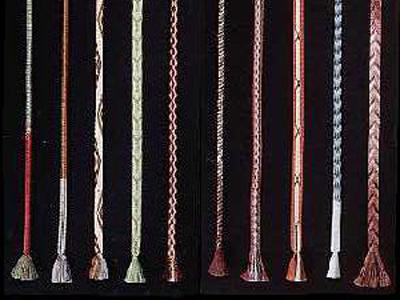|
There are many legends about Yoshitsune and Benkei in Mogami district. The 'Yoshitsune Story', supposedly written in the Muromachi period, relates that when Yoshitsune was being hunted by his brother Minamotono-no-Yoritomo and was heading for Hiraizumi in Iwate Prefecture, he passed through Mogami district in the third year of the Bunji period (1187).
The district around Semi hot springs has many legends and traces about Yoshitsune's masters and servants. For example, the Koyasu-Kannon deity is supposed to have overseen the birth of Kamewakamaru, Yoshitsune's child.
The name 'Semi' has several possible origins: one is that it derives from 'Semi-maru', Benkei's long-handled sword; another is that it derives from 'no-crying semi (cicada)', the nickname of Kamewakamaru, who was reputed to have never cried, even when he knew that he was a son of a fleeing warrior. A third possible source is that it is named for a wounded cicada that was resting on a tree and curing itself in the steam from a nearby hot spring.
There are many tourist attractions in Semi, Mogami, that relate to Yoshitsune and Benkei, such as Yagen Hot Water and Benkei's Inkstone that Beinkei was supposed to have used.
The district around Semi hot springs has many legends and traces about Yoshitsune's masters and servants. For example, the Koyasu-Kannon deity is supposed to have overseen the birth of Kamewakamaru, Yoshitsune's child.
The name 'Semi' has several possible origins: one is that it derives from 'Semi-maru', Benkei's long-handled sword; another is that it derives from 'no-crying semi (cicada)', the nickname of Kamewakamaru, who was reputed to have never cried, even when he knew that he was a son of a fleeing warrior. A third possible source is that it is named for a wounded cicada that was resting on a tree and curing itself in the steam from a nearby hot spring.
There are many tourist attractions in Semi, Mogami, that relate to Yoshitsune and Benkei, such as Yagen Hot Water and Benkei's Inkstone that Beinkei was supposed to have used.
| [+ADDRESS] | 
|















